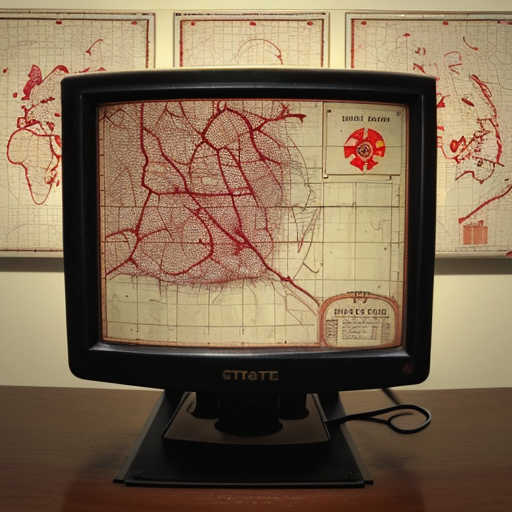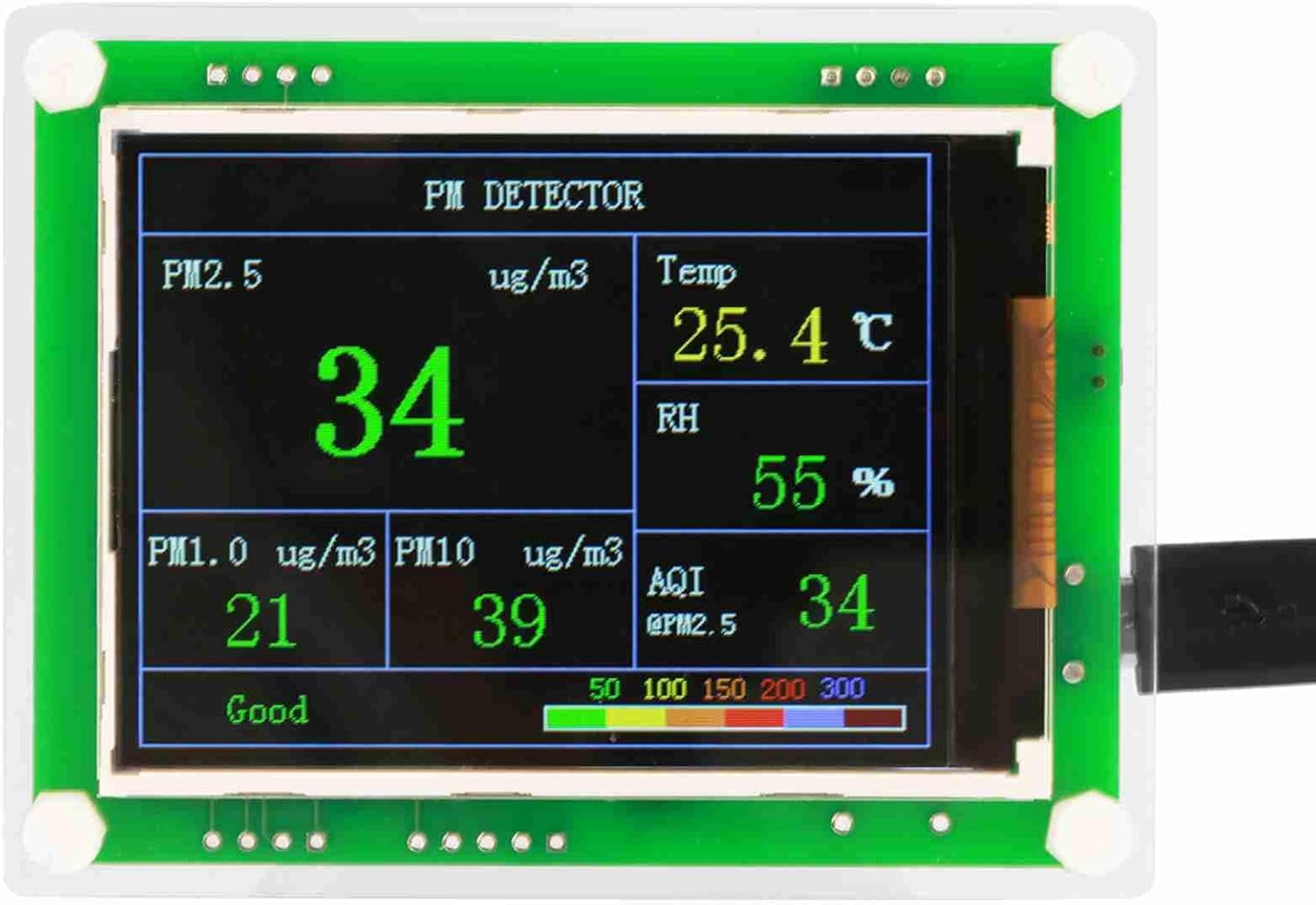In today’s world, it’s impossible to move without being tracked. Every move you make, every step you take, and every interaction you have is being monitored and recorded. The technology behind this tracking is vast and varied, but the common thread is that it all revolves around the use of positioning data. From the cell phone in your pocket to the license plate on your car, your every move is being watched and recorded.
Cell Phone Tracking
The most obvious example of this technology is cell phone tracking. Your cell phone is always connected to a nearby radio tower, which allows it to determine your location. This data is then used to track your movements, both online and offline. Companies like Google and Apple use this data to provide location-based services, such as Google Maps and Find My iPhone. But what happens to this data? It’s not just stored on the cell phone itself, but is also sent to the cell tower, which then sends it to the company’s servers.
License Plate Tracking
Another form of tracking is license plate detection. This technology uses cameras and sensors to read the license plate of a car and then connect it to the car’s location. This data is then used to track the car’s movements and identify its owner. Companies like Vigilant Technologies and PlateCapture use this technology to provide location-based services to fleets, rental companies, and law enforcement.
Face Recognition in Public Places
But it’s not just cars and cell phones that are being tracked. Face recognition technology is also being used to track individuals in public places. This technology uses cameras to identify individuals and then connect them to their location data. Companies like facial recognition software providers, such as Clearview AI and FaceFirst, offer this technology to businesses and law enforcement agencies.
Private Camera Systems
Private camera systems, such as those found in shopping malls and airports, are also being used to track individuals. These cameras are often used to monitor activity and identify potential security threats. But they can also be used to track individuals’ movements and identify their location. Companies like Dahua Technology and Hikvision use these cameras to provide surveillance solutions to businesses and governments.
Bluetooth and WiFi Scanners
Even your Bluetooth and WiFi connections are being tracked. Bluetooth scanners, which can be used to locate nearby devices, are often used by hackers and law enforcement to track individuals. WiFi scanners, which can be used to identify nearby WiFi networks, are also being used to track individuals’ movements. Companies like Wi-Spy and Bluesnarfing use these tools to provide network security solutions to businesses and governments.
The Abuse of Tracking Technology
While tracking technology is often used for legitimate purposes, such as providing location-based services and improving security, it can also be abused by bad actors. For example, hackers can use Bluetooth scanners to track individuals and identify their device. Law enforcement agencies can use cell phone tracking data to track individuals’ movements and identify their location. And in some cases, tracking technology is being used to eliminate political rivals or silence dissenting voices.
Examples of Abuse
There have been several high-profile cases of tracking technology being used to abuse individuals. For example, in 2019, it was reported that a Iranian dissident had been tracked by the Iranian government using cell phone tracking data. The dissident had been using encrypted messaging apps to communicate with his supporters, but the government was able to track his location using his phone’s data.
In another example, in 2020, it was reported that a Chinese dissident had been tracked by the Chinese government using face recognition technology. The dissident had been using facial recognition software to protect himself from government surveillance, but the government was able to identify him using his face.
Conclusion
The tracking of positioning data is a ubiquitous technology that is being used in a variety of ways. While it’s often used for legitimate purposes, such as providing location-based services and improving security, it can also be abused by bad actors. It’s essential to be aware of the risks associated with tracking technology and to take steps to protect our own data. By being informed and vigilant, we can ensure that our position is always known, but our freedom and autonomy are not compromised.







Leave a Reply